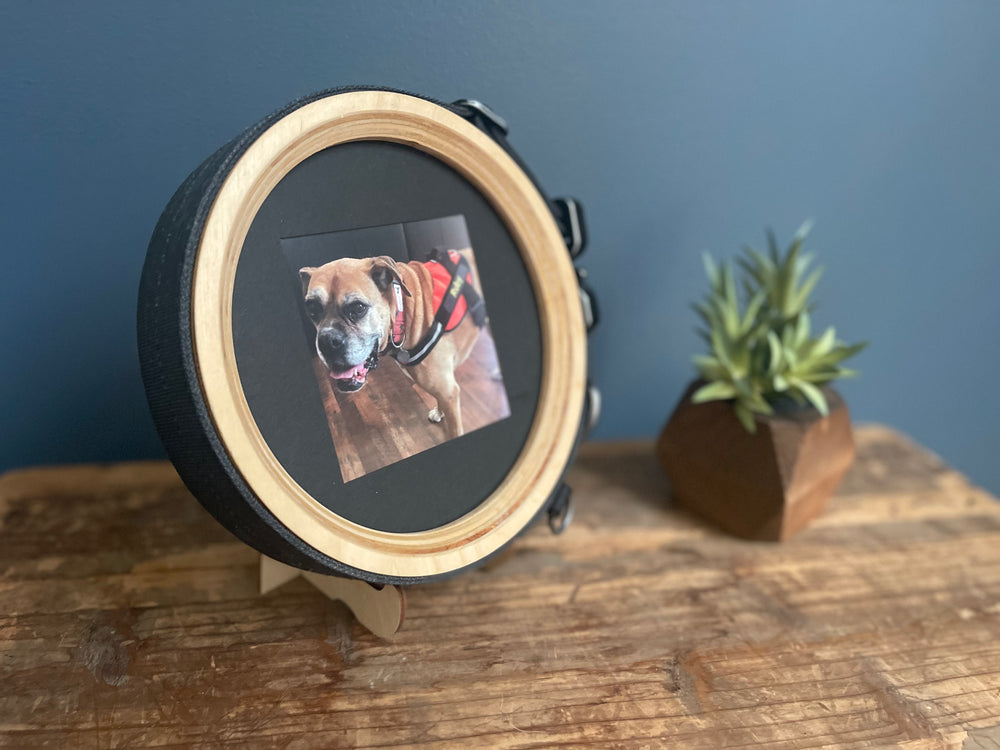Basic Pet First Aid: A Guide for Pet Owners
Pet owners share a deep bond with their furry friends, and ensuring their well-being is a top priority. Just like humans, pets can encounter accidents or health issues that may require immediate attention. Having a basic understanding of pet first aid can make a significant difference in emergencies. In this guide, we will provide step-by-step instructions on basic pet first aid that every pet owner should know.
- Stay Calm and Assess the Situation:
- The first rule of pet first aid is to remain calm. Your pet may sense your emotions, so keeping a steady demeanor is crucial.
- Assess the situation to determine the severity of the issue. Look for signs of distress, injury, or abnormal behavior.
- Create a Pet First Aid Kit:
- Assemble a pet first aid kit that includes:
- Sterile gauze and bandages
- Adhesive tape
- Antiseptic wipes
- Scissors
- Tweezers
- Digital thermometer
- Hydrogen peroxide
- Cotton balls
- Disposable gloves
- Addressing Wounds and Bleeding:
- For cuts and wounds, use sterile gauze to apply gentle pressure to stop bleeding.
- If the bleeding persists, use a bandage and secure it snugly but not too tight.
- Seek veterinary attention for deep or severe wounds.
- Handling Fractures or Sprains:
- Approach an injured pet with caution to avoid getting bitten due to pain.
- If you suspect a fracture or sprain, immobilize the injured limb using a splint or bandage.
- Transport your pet to the vet for further evaluation.
- Dealing with Choking:
- If your pet is choking, open its mouth and check for any visible obstructions.
- If you can see the object, carefully remove it with pliers or tweezers.
- If the obstruction persists, perform modified Heimlich maneuvers or chest compressions.
- Recognizing Signs of Poisoning:
- Common signs of poisoning include vomiting, diarrhea, lethargy, and seizures.
- Contact your veterinarian immediately if you suspect poisoning.
- Do not induce vomiting without professional advice.
- Handling Burns:
- For minor burns, cool the affected area with cold water or a cold compress.
- Do not use ice, as it may cause further damage.
- Seek veterinary help for severe burns.
- Monitoring Vital Signs:
- Learn how to check your pet's vital signs, including heart rate, respiratory rate, and temperature.
- Knowing your pet's baseline health allows you to detect abnormalities early.
Being prepared for pet emergencies is a responsibility that comes with pet ownership. While basic pet first aid can address some situations, it is essential to seek professional veterinary care for serious injuries or illnesses. Regularly updating your knowledge and staying calm in emergencies will help you provide the best care for your beloved pets. Remember, quick action can make a significant difference in your pet's recovery.
The content on this blog is not to be taken as advice. All information posted is for informational and educational purposes. It is not intended as a substitute for professional advice. Whisker & Fang management and staff are not responsible for how the information found here is used. If you need help, please seek professional counsel from a mental health professional.






Leave a comment